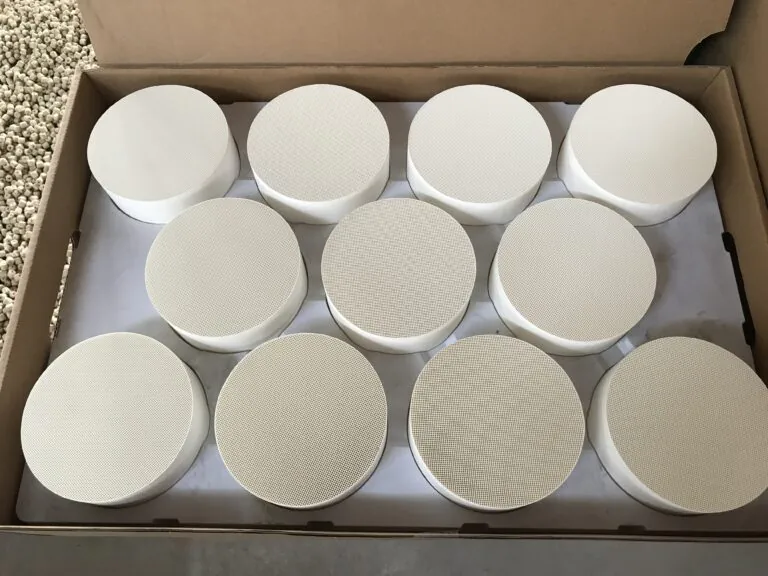The number of catalytic converters in a car varies based on its exhaust system design and engine type. Catalytic converter manufacturers like Hualian Catalyst produce exhaust gas catalyst components that cater to these differences, ensuring optimal emission control across diverse vehicle models.
Common Configurations
Most cars with a single exhaust pipe have one catalytic converter, positioned to treat all exhaust gases from the engine. Vehicles with dual exhaust systems—often found in larger engines, luxury models, or performance cars—typically have two, with one converter attached to each exhaust manifold. Diesel vehicles, which face stricter emission regulations, may include additional exhaust gas catalyst components, such as DOC catalysts, as part of their integrated aftertreatment systems. Hualian Catalyst, among reputable catalytic converter manufacturers, offers exhaust gas catalyst solutions like their honeycomb ceramic DOC catalyst, which fits seamlessly into both single and multi-converter setups, ensuring compatibility with various vehicle designs.
Why the Number Varies
Emission standards like Euro VI drive the need for multiple catalytic converters in some cars, allowing staged pollutant reduction where each exhaust gas catalyst targets specific harmful substances. For example, a primary converter may handle initial oxidation, while a secondary one refines remaining pollutants. Hualian Catalyst’s exhaust gas catalyst products, including DOC catalysts with high thermal stability (withstanding over 600°C) and low backpressure design, are engineered to work in such configurations, ensuring consistent performance even under heavy loads.
Conclusion
Cars generally have one or two catalytic converters, with diesel models sometimes using additional components to meet strict standards. Catalytic converter manufacturers like Hualian Catalyst provide reliable exhaust gas catalyst solutions. Their honeycomb ceramic DOC catalyst, ideal for diesel engines, offers effective emission reduction and customizable sizes, making it a practical choice for diverse vehicle setups and regulatory needs.
